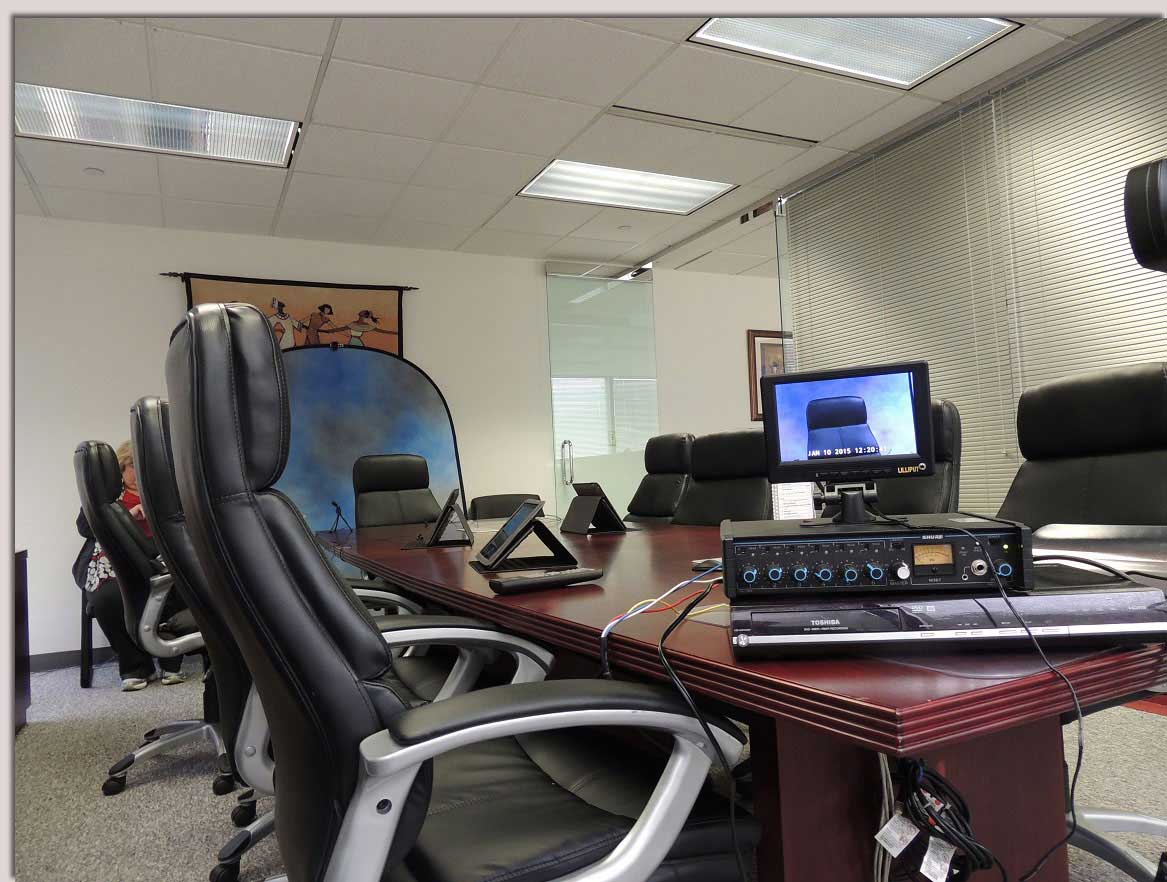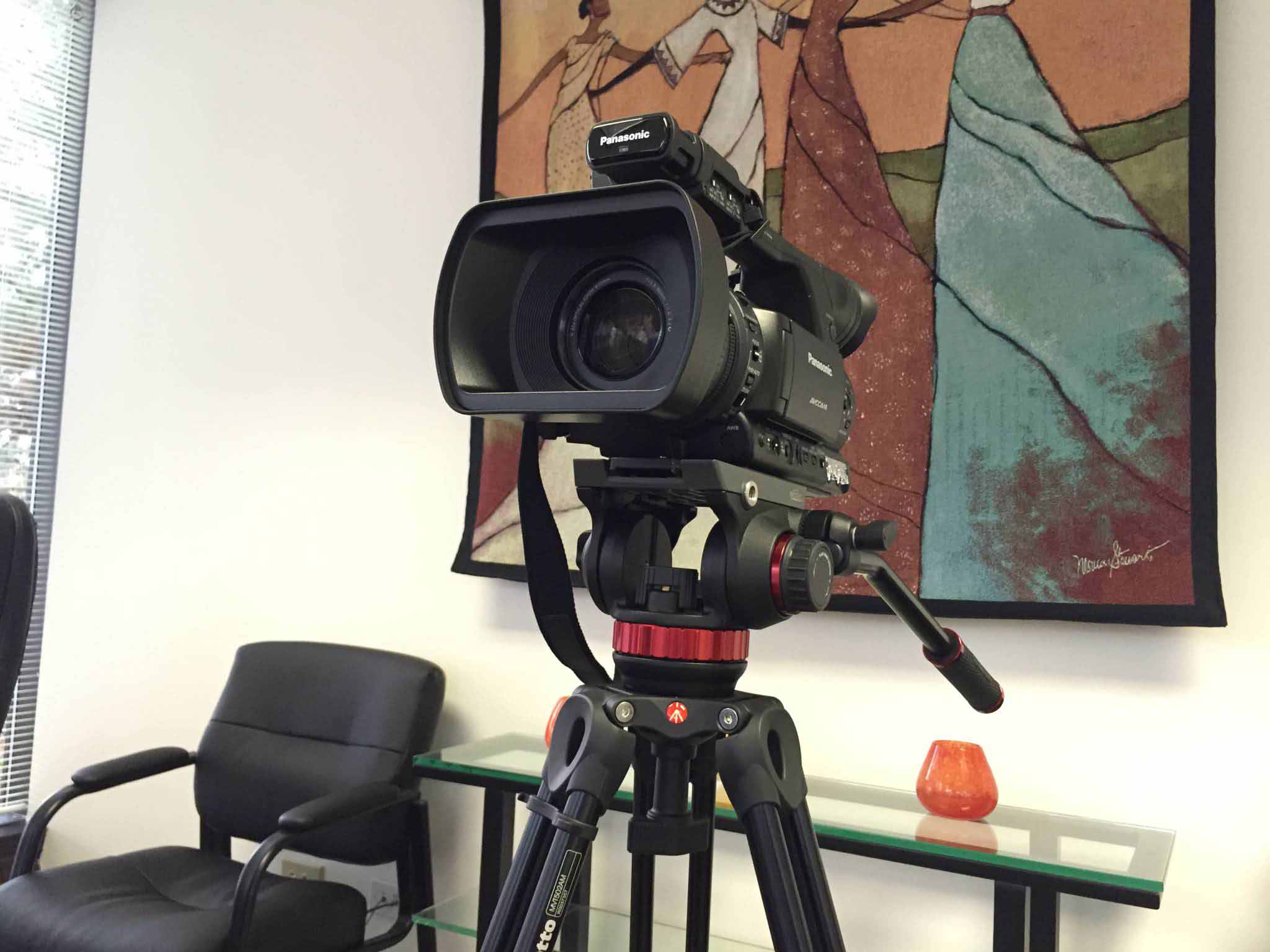How Legal Videography Supports the Legal System with Reliable Documentation
How Legal Videography Supports the Legal System with Reliable Documentation
Blog Article
Why Lawful Videography Is Critical for Accurate Court Recordings
The function of lawful videography in court settings can not be overemphasized, as it offers as an essential tool for preserving the integrity of court documents. By recording both spoken and non-verbal communication, it enhances the quality of witness statements and shows the nuances of courtroom communications. This thorough documents not only help in reducing prospective misunderstandings but additionally sustains appellate evaluations, therefore reinforcing the judicial procedure. The ramifications of incorporating legal videography right into common courtroom methods elevate crucial inquiries concerning its more comprehensive influence on the legal system. What might these implications entail?
Value of Visual Proof
In the realm of lawful process, the significance of visual evidence can not be overemphasized. Visual evidence works as an effective tool in developing facts, affirming testimonies, and improving the total clearness of a situation. This kind of evidence, which consists of photos, videos, and diagrams, can offer a substantial context that spoken summaries usually do not have, thereby providing juries and judges a more clear understanding of the situations surrounding a situation.
Additionally, aesthetic proof aids in the retention of details. Human cognition is naturally visual, and people are more probable to keep in mind and understand info provided in a visual format. In the court, this can be vital, as engaging visual evidence can persuade opinions and strengthen the narrative offered by lawful agents.
Furthermore, making use of visual proof can lessen misconceptions and obscurities that usually develop from spoken exchanges. By offering a straight representation of events, aesthetic proof aids to eliminate subjective analyses and promotes an extra objective assessment of the facts. The combination of visual evidence into legal procedures not just strengthens the integrity of the judicial process however additionally enhances the chance of accomplishing a just end result.
Capturing Non-Verbal Signs
Using advanced videography methods can considerably enhance the capture of non-verbal cues throughout legal process. Non-verbal interaction, consisting of faces, body language, and eye get in touch with, plays a crucial function in communicating emotions and intentions that may not be explicitly specified in verbal testimony. legal videography. Legal videography uses high-def video cameras and calculated angles to ensure that these refined signs are recorded with quality and precision
The ability to assess non-verbal habits can provide beneficial context to statements made throughout court sessions. A witness's hesitation or self-confidence can be analyzed through their stance or gestures, potentially affecting the court's understanding of integrity. The usage of close-up shots can help focus on an audio speaker's expressions, allowing for a much more nuanced understanding of the testament.
Additionally, incorporating multiple camera angles can create a detailed sight of communications, highlighting dynamics in between celebrations included. This complex technique not just enhances the accuracy of the court document but likewise advice help in maintaining the stability of the judicial procedure - legal videography. Eventually, recording non-verbal hints via lawful videography fosters a richer, extra complete representation of courtroom process

Enhancing Statement Reliability
The reliability of testimony can be substantially boosted with using premium lawful videography. Video clip recordings work as an unbiased medium that catches not only the spoken words of witnesses but additionally the nuances of their distribution, including tone, pacing, and emotional expressiveness. This complex paperwork offers a more clear understanding of the witness's reliability and objectives, which can be essential in lawful procedures.
Additionally, lawful videography decreases the possibility for false impressions that might arise from composed transcripts alone. When jurors can observe a witness's demeanor and body movement along with their testimony, they are better outfitted to analyze the credibility and reliability of the proof presented. This aesthetic context can strengthen the testimonial narrative, making it much more engaging and trustworthy.
Additionally, the existence of a video clip recording can prevent possible variances in statement. Witnesses may be extra careful in their declarations when they understand they are being videotaped, bring about more accurate and truthful accounts. Generally, high-quality legal videography boosts the stability of testament, ensuring More Bonuses that the court has accessibility to a full and truthful representation of the facts as conveyed by the witnesses.
Sustaining Appeals and Reviews
Legal videography plays an important duty in supporting allures and testimonials by supplying an extensive visual record of court proceedings. This aesthetic paperwork captures not just the talked words of witnesses and lawyers but additionally the subtleties of body language, intonation, and court dynamics. Such elements can be pivotal in recognizing the context of testaments and disagreements presented.
In the appellate procedure, where the focus is on errors of regulation and step-by-step fairness, a video document can act as a crucial device for appellate courts. It allows courts to examine the original trial context, ensuring that choices are based on a total understanding of the proceedings. The capability to visually examine the demeanor of witnesses or the interactions between events can expose insights that written records may ignore.

In addition, legal videography can help in making clear ambiguities in testaments or step-by-step judgments, thus strengthening the basis for an allure. By offering a reputable, objective account of what taken place in court, lawful videography not only sustains the honesty of the lawful process yet additionally encourages all events included to make enlightened decisions concerning their situations.
Improving Courtroom Processes
Enhancing court effectiveness, lawful videography improves procedures by offering instant access to visual documents of proceedings. This modern technology allows courts, lawyers, and courts to revisit vital testimony and proof, view it guaranteeing that all parties have a clear understanding of the case. By recording the subtleties of spoken and non-verbal interaction, videography improves the record, making it less complicated to realize the context and weight of statements.

In addition, video clip recordings can help with remote participation in hearings, permitting greater versatility in organizing and involvement, which is specifically useful in complicated cases entailing multiple stakeholders.
Verdict
In verdict, lawful videography plays a vital role in making sure accurate court recordings by supplying necessary aesthetic proof that catches both verbal and non-verbal interaction. This technique enhances the integrity of testimonies, sustains appellate reviews, and enhances courtroom procedures. By cultivating a detailed understanding of court characteristics, lawful videography ultimately contributes to more equitable judicial results, strengthening the stability of the legal system and assisting in educated decision-making.
Report this page